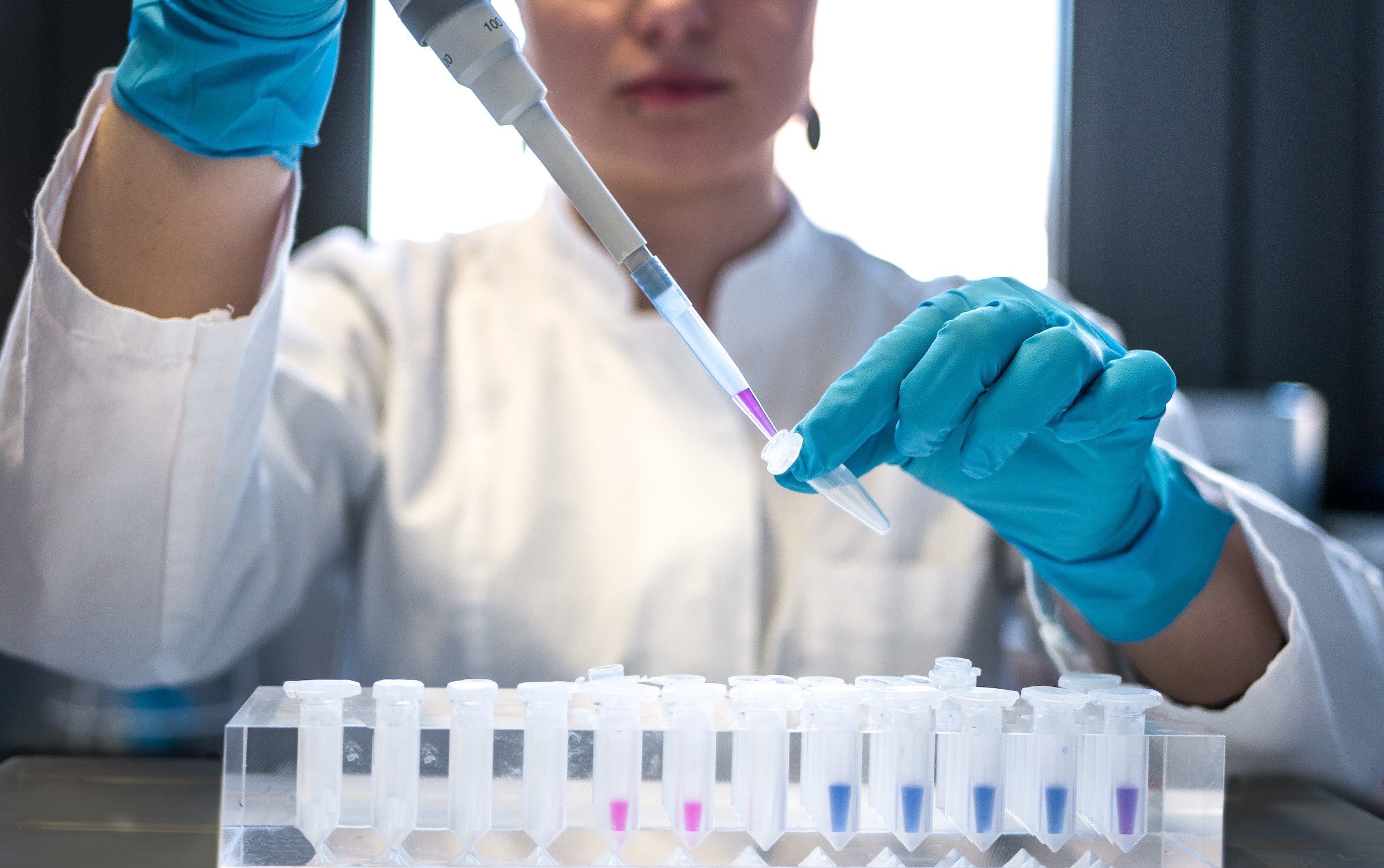
Safety aspects of cell culture
Safety is a critical aspect to consider when working with cell cultures to protect both researchers and the environment.
This article summarizes some essential safety guidelines to keep in mind to work in the cell culture laboratory.
1. Biosafety cabinet: A biosafety cabinet provides a sterile and contained environment while protecting the user and preventing the release of potentially hazardous materials into the laboratory.
2. Personal protective equipment: Appropriate personal protective equipment, such as laboratory coats or gowns, gloves, and safety goggles or face shields, serve as a barrier between the researcher and any potentially harmful agents present in the cell culture.
3. Cell line characterization: Authenticity and origin verification of the cell lines used in the experiments avoid unintended cross-contamination or the use of misidentified or contaminated cells.
4. Contamination control: Aseptic techniques, including proper handwashing, using sterile equipment and media, and regular monitoring for contamination using microbial testing methods prevent any contamination issues.
5. Chemical and biological hazards: Handling and storing chemicals safely and following disposal protocols is important. It is advised to use chemicals in a well-ventilated area and employ appropriate safety measures to minimize exposure risks. Additionally, cells may carry infectious agents or biohazards, such as viruses or genetically modified organisms, and need to be handled by proper institutional guidelines and regulations.
6. Waste disposal: Segregation and disposal of biological, sharps, and chemical waste according to relevant regulations and guidelines minimize risks associated with cell culture. Use an Autoclave or treat biological waste before disposal to inactivate infectious agents.
7. Training and education: Ensure that all personnel involved in cell culture work receive proper training and safety updates on practices, including aseptic techniques, handling hazardous materials, and emergency procedures.
References
1. Weiskirchen S, Schröder SK, Buhl EM, Weiskirchen R. A Beginner’s Guide to Cell Culture: Practical Advice for Preventing Needless Problems. Cells. 2023 Feb 21;12(5):682. doi: 10.3390/cells12050682. PMID: 36899818; PMCID: PMC10000895.
2. Hudu SA, Alshrari AS, Syahida A, Sekawi Z. Cell Culture, Technology: Enhancing the Culture of Diagnosing Human Diseases. J Clin Diagn Res. 2016 Mar;10(3):DE01-5. doi: 10.7860/JCDR/2016/15837.7460. Epub 2016 Mar 1. PMID: 27134874; PMCID: PMC4843260.
3. Herman P, Pauwels K. Biosafety Recommendations on the Handling of Animal Cell Cultures. Animal Cell Culture. 2014 Nov 5;9:689–716. doi: 10.1007/978-3-319-10320-4_22. PMCID: PMC7122109.



